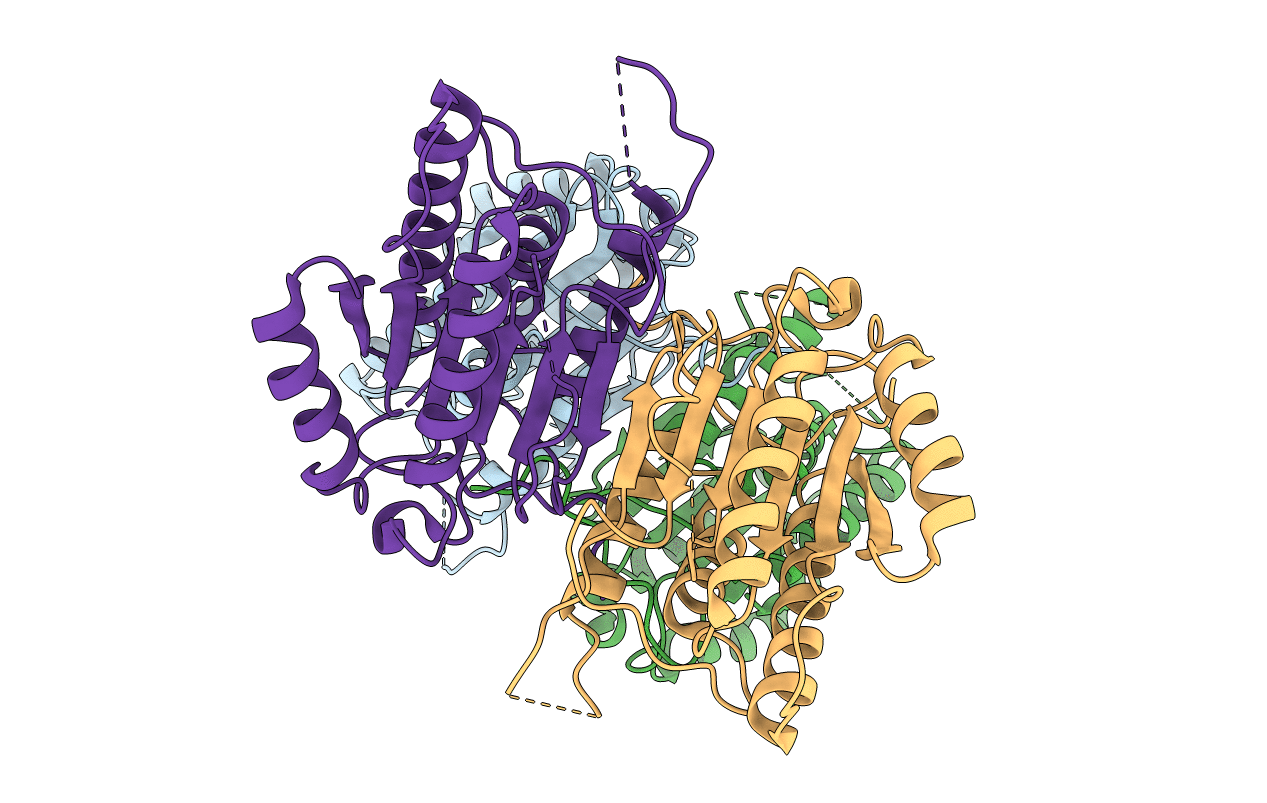
Deposition Date
2010-06-18
Release Date
2010-12-08
Last Version Date
2024-02-21
Entry Detail
PDB ID:
3NKF
Keywords:
Title:
Crystal structure of human ligand-free mature caspase-6 with intersubunit linker attached
Biological Source:
Source Organism:
Method Details:
Experimental Method:
Resolution:
2.90 Å
R-Value Free:
0.27
R-Value Work:
0.21
R-Value Observed:
0.21
Space Group:
P 1 21 1


